The copper market is entering a long-term growth cycle, as demand rebounds thanks to the global energy transition and the move towards a low-carbon economy, while supply faces many obstacles such as ore shortages and geopolitical instability. According to the Vietnam Commodity Exchange (MXV), this solid supply-demand foundation will create support to help copper prices remain high in the medium and long term.
Since the beginning of 2025, the world copper price has recorded remarkable fluctuations. After a strong increase to a historical peak at the end of March, the market experienced a significant correction in April. Notably, at the end of the trading session on March 26, the COMEX copper price set an all-time high record when it reached 5.24 USD/pound, equivalent to 11,559 USD/ton.
Copper demand is accelerating, but supply has not kept up
Two years ago, the US Department of Energy (DOE) officially added copper to its list of strategic and critical minerals. At the same time, the US government considers this a key raw material in the clean energy transition plan, electrification and electrical infrastructure, and even more so, national security. At this time, according to US calculations, the demand for copper in the above process will double by 2035.
The global energy landscape is also changing rapidly, leading to a fundamental shift in the demand structure for copper. According to the International Energy Agency (IEA), about 24% of copper demand currently comes from clean technologies such as renewable energy, electric vehicles, power grids, and energy storage. This proportion is expected to increase to 38% by 2030 and reach 45% by 2040.
In the transportation sector, the average electric car consumes around 83 kg of copper, 3.6 times more than a vehicle using an internal combustion engine, while each electric bus requires 224 – 369 kg of copper. This high consumption is making electric vehicles a key driver of global copper demand, especially as many countries race to cut emissions.
Global electric vehicle sales are expected to reach more than 17 million in 2024, up 25% from 2023, with China accounting for 11 million. The International Energy Agency (IEA) estimates that by 2040, the transport sector will account for 20% of global copper demand, up from 13% today.
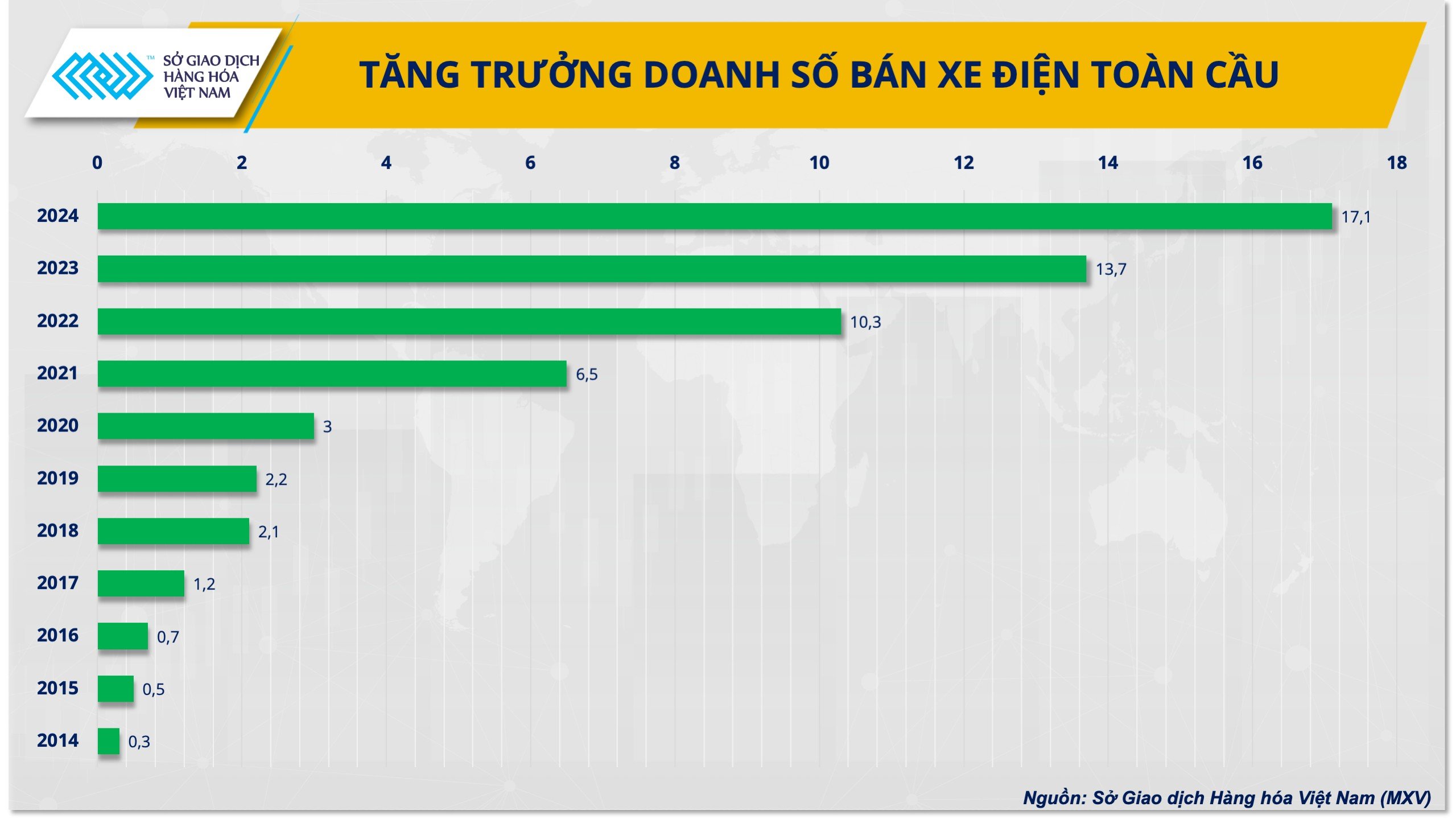 |
| Global electric vehicle sales chart 2014 - 2024 |
Not stopping there, the new wave of technology, especially artificial intelligence (AI) and the need to store huge amounts of data, is also creating a potential copper consumption niche. According to Macquarie Bank, global data centers will consume 330,000 - 420,000 tons of copper per year by 2030.
Similarly, Europe is also entering a period of profound energy transition with unprecedented investment. According to the European Commission, the region needs to invest between 2,000 and 2,300 billion USD to comprehensively upgrade the power grid system from now until 2050, while the current investment level is only 300 billion USD/year, far from the actual demand.
Despite soaring global demand, the supply side faces serious challenges. In the United States, domestic copper mining and production capacity remains limited, forcing the country to rely heavily on refined copper imports from Chile, Canada, and Peru. This raises the risk of localized supply shortages in the short term.
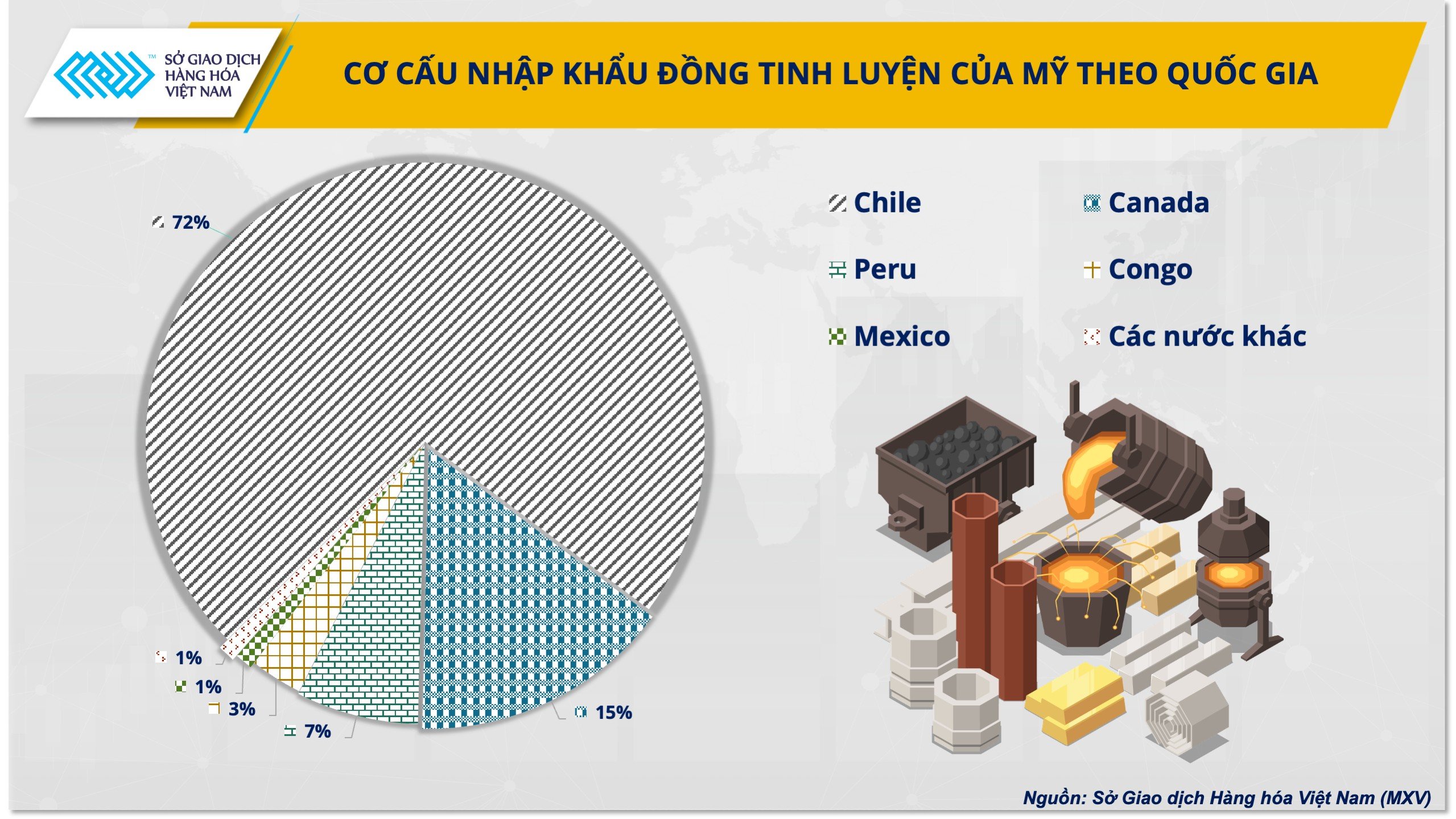 |
| Structure of US refined copper imports by country |
Meanwhile, in China, the shortage of concentrates is becoming more and more serious. Currently, only about 20% of global concentrates meet the country's strict import standards. In response, trading enterprises have to blend concentrates from multiple sources at foreign factories, leading to increased import costs and tight supply.
Furthermore, copper supplies from key producers such as Chile, Peru, and the Democratic Republic of Congo are at risk of ongoing disruption. In Chile, a massive power outage in February disrupted operations at several major mines, including Escondida, the world’s largest privately owned copper mine. Meanwhile, in Congo, clashes with the M23 militia have raised concerns about the risk of disruptions.
Copper price scenario 2025
Since the beginning of the year, the world copper market has been experiencing many hot developments. As analyzed above, because the US considers copper as one of the important minerals in its strategy for sustainable economic development in the future, after President Donald Trump took office, he said he would consider imposing tariffs on all imported metals, including copper.
This move was made in the context of strong increase in global and US industrial demand, especially in the fields of artificial intelligence, automation, and clean energy conversion, which has caused the price of COMEX copper to set many unprecedented records in the first 4 months of this year.
 |
| Mr. Duong Duc Quang - Deputy General Director of MXV |
Mr. Duong Duc Quang - Deputy General Director of MXV said: The report of the International Copper Study Group (ICSG) showed that the global refined copper market faced a deficit of about 124,000 tons in November and 22,000 tons in December last year. Recently, the latest research by JP Morgan emphasized that the shortage of copper materials will continue to last until 2026, estimating a deficit of about 160,000 tons of refined copper. With the current increasing demand and in the context of waiting for information on US tariff negotiations, it is not impossible that COMEX copper prices will set a price of 12,000 USD/ton in 2025.
On the other hand, in a less optimistic scenario, the global energy transition could be stalled by an uncertain trade environment, specifically the rise of tariff barriers and protectionism. If a recession occurs, governments will be forced to tighten their budgets and even withdraw support policies, as Germany will end its electric vehicle subsidies by the end of 2023. Or if China's economic growth - the world's leading copper producer, accounting for 50-60% of global metal consumption - falls from 4.6% to 4.1%, and the 1,000 billion yuan fiscal package fails to take effect, leading to weak consumption demand, then copper prices could fluctuate below $10,000/ton this year.
In the context of the global transition to a low-carbon economy, copper is moving beyond its role as a conventional industrial metal to become a key component in the development of new energy infrastructure. MXV believes that the possibility of copper prices entering a bullish cycle in the coming time is high.
Source: https://congthuong.vn/gia-dong-se-ra-sao-trong-thoi-dai-carbon-thap-386617-386617.html


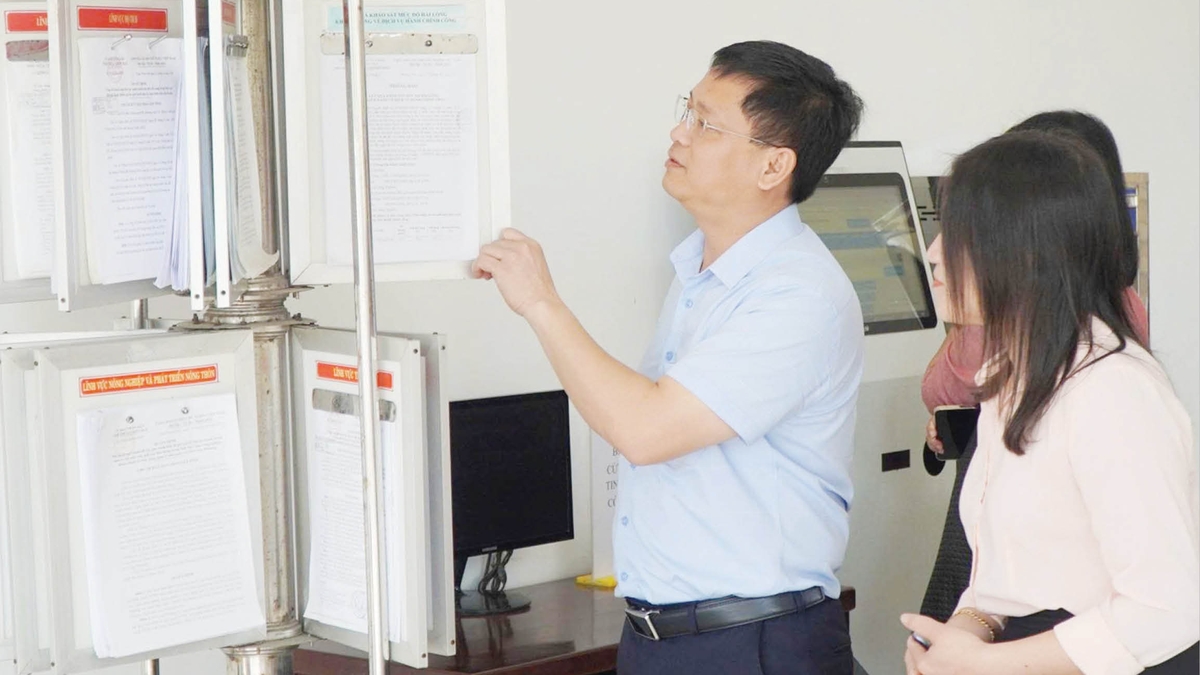
























![[Photo] National Assembly Chairman attends the seminar "Building and operating an international financial center and recommendations for Vietnam"](https://vphoto.vietnam.vn/thumb/1200x675/vietnam/resource/IMAGE/2025/7/28/76393436936e457db31ec84433289f72)

























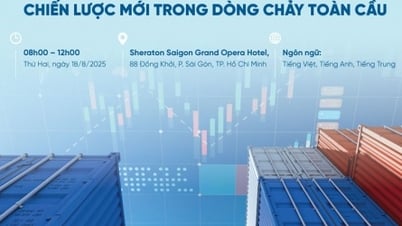


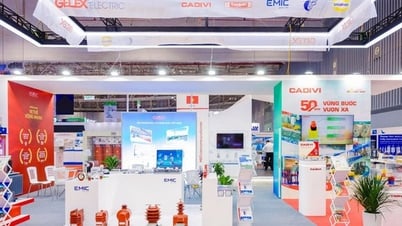











































Comment (0)